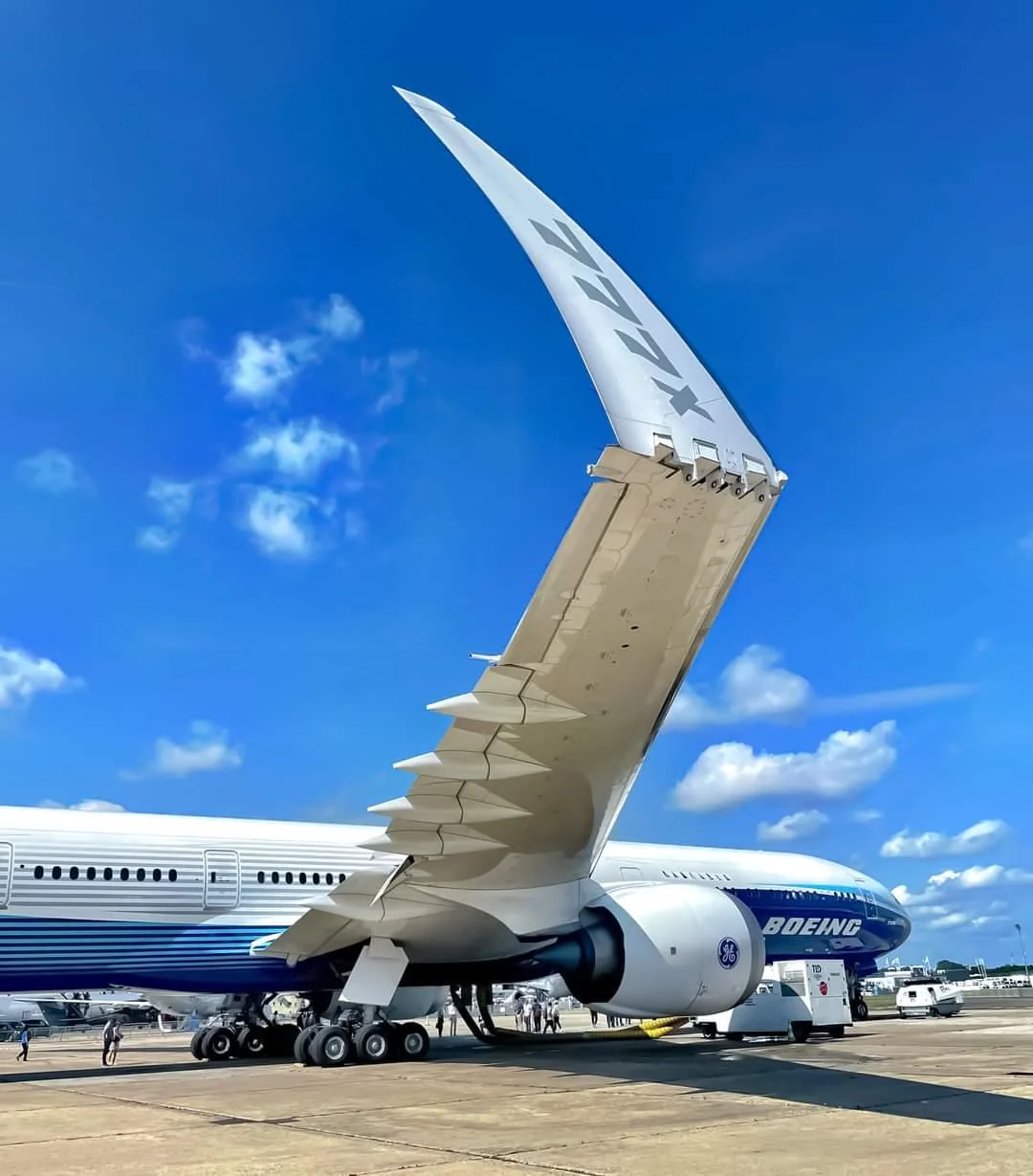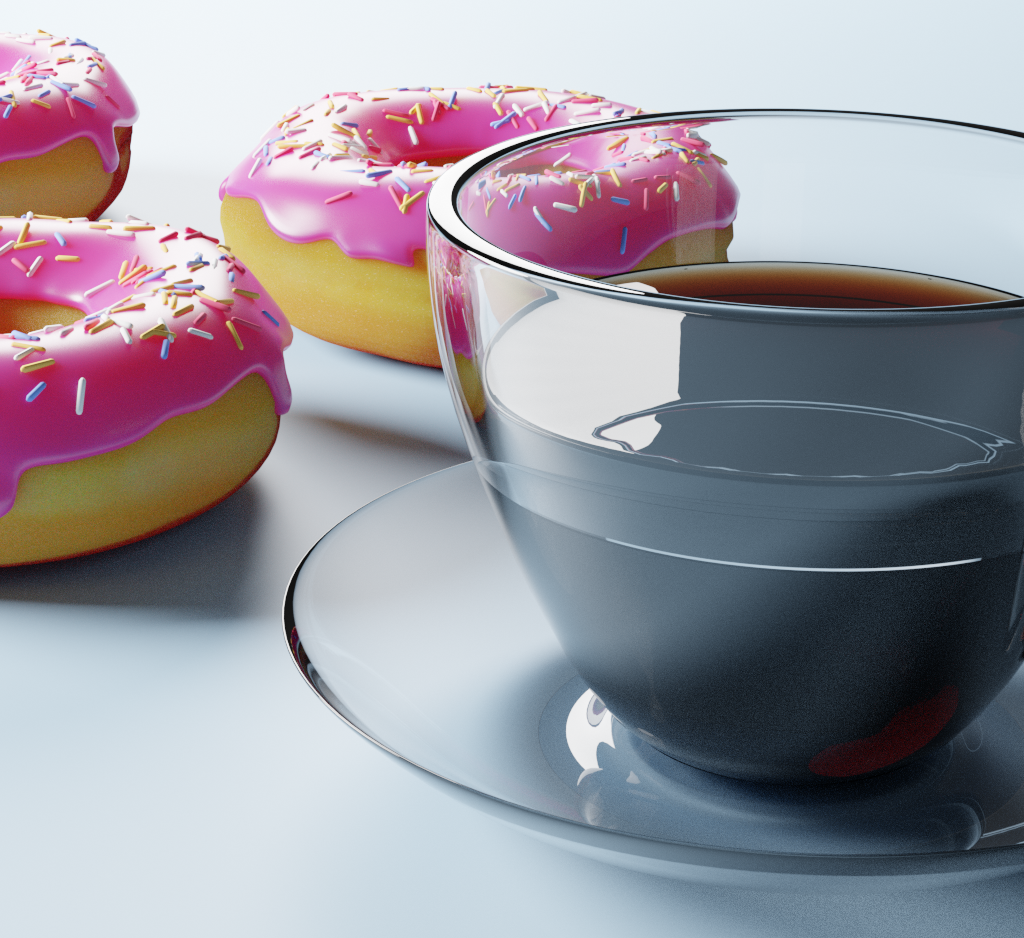Wait aren’t all airplane wings bid inspired?
If you listen to the actual talk the bird they are talking about is an albatross and they are simply saying that to improve efficiency you need to make the wings longer and slimmer but then the plane will not fit in current aiport gates so they are working on folding wings.

Wait, so what has been inspiring wings up to this?
Bumble bees.
Bumble bees are actually inspiring wing designs now. For a long time our best theories on aerodynamics couldn’t explain how Bumblebees could fly. Given the relative mass and wing size the bumble bee they couldn’t explain how a bumble bee could fly.
In the last decade or so they figured it out after putting enough bumble bees into wind tunnels. Bumblebees generate additional lift by creating little vortexes in the air. So now wing designers are trying to incorporate that effect into their designs.
Is this for real? Or a continuation of the meme?
Do they flap?

Depends how bad the turbulence is.
Yes actually.
(They fold like a Navy carrier plane so they will fit at existing airport gates.)
Neat! But not quite the ornithopter I was hoping for.
once.
Airbus explained that it ran the numbers and found that, while it could build a successful hydrogen airliner, the plane would be successful in the same way that Concorde was successful. In other words, a technological triumph, but a commercial failure.
Just like any other hydrogen powered… Anything.
I take from that, that we will only get technological breakthroughs away from oil after we break everything down and rebuild from scratch. Because the economy that allowed setting up fuel infrastructure a century ago, is now a much tighter fit.
It’s more that Hydrogen is an inherently shit way of powering a vehicle, and liquid fuels are much easier to store and transport.
Biofuels are a much better option, in my view.
…then there should be regulatory actions to help make them viable
Subsidising an inherently flawed technology isn’t the way to go.
What are the other 0 carbon flight options? They are all flawed.
We can engineer our way through flaws with enough effort though.
Yes, but hydrogen has significantly more flaws than most other options. It’s been around for 50 years, has never been a commercial success, and just inherently kinda sucks.
Electricity has been around that long too though, yet there are no serious electric passenger planes (with a decent range)
It has it’s flaws, but it may have a higher ceiling in terms of usefulness. They say they can make it work, which is more than I hear about electric planes for example.
We should be financially encouraging 0 carbon planes, without controlling how, then let the engineers work what tech to do it with.
You can also run an aircraft on biofuel with little to no modifications, with none of the downsides of hydrogen.
Worldwide diesel/kerosene biofuel production is too low. Last time airbus made a demo on 100% biofuel made from algae, they bought the output of a whole year to run a single long haul flight.
There is a reason they say Sustainable Aviation Fuel (SAF) and not biofuel. They also need e-fuel / synthetic fuel made from hydrogen in addition to biofuel.
Aviation peaked with the Spruce Goose, AKA the Birch Bitch, AKA the H-4 Hercules. Been downhill ever since…

Higher for hire

Ohh ee ohh!
Hell yeah the wood plane
Never heard it called the birch bitch.
How many blades do you have to add to a turboprop before it’s promoted to an open turbofan and touted as a major new innovation?
Based on my image search engineering, the answer to your question is 2.
Based on my one semester of air breathing propulsion that I took 25 years ago, I’m guessing there is more going on inside the turbine part of the engine that both allows sustainable fuels that current turbofans can’t and also allows compression ratios at lower fan speeds that allows an open fan with fewer blades. Again, I barely passed air breathing propulsion back then and haven’t used ANY of that knowledge since, so I’m mostly talking out of my ass.
I’ve seen turboprops in museums and on the internet with around six or eight blades. When I looked on the Wikipedia page for propfan engines, which seems to be another name for an open turbofan, the distinction seemed to be mainly how the blades were shaped (like propellor blades or turbine blades) and how tightly-integrated everything is (you can swap the propeller out on a turboprop).
Mentour Pilot did a video about the CFM RISE open fan engines a few months ago, they’re somewhere between a turboprop and a geared turbofan. Able to cruise at turbofan speeds, but much higher bypass ratios like turboprops. They’re not technically new, but they’re possible now due to material advances. Pretty cool concept.
I guess this is why so many boeing airplanes have been falling out the sky nowadays. They forgot and accidentally based their aiplanes on land dwelling vetrebrates.
Lol.
Lead engineer: “oh did you say bird, okay I thought you said bear.”
So, they are building a DeHavaland-Canada Dash-7 ?
Yes, frozen gas powered Dash-7!
Rocket designs are worm(-with-diarrhea)-inspired!!
That’s a great description!
Thank you.
I much prefer it to the crude ‘flying cocks’ one.
So not the picture in the thumbnail but a generic jet
To me “next generation” and propellers just don’t mix, but I know nothing. Just want my jetpack.
Mentour Pilot did a great video on these open fan engines a few months ago. They’re somewhere between a turboprop and a turbofan. They’re better than traditional turboprops in that they’re able to handle higher cruise speeds like a turbofan, and they’re more efficient than turbofans due to a higher effective bypass ratio like a turboprop.
Plot twist: And they’ll still pack their passengers like sardines.
deleted by creator






